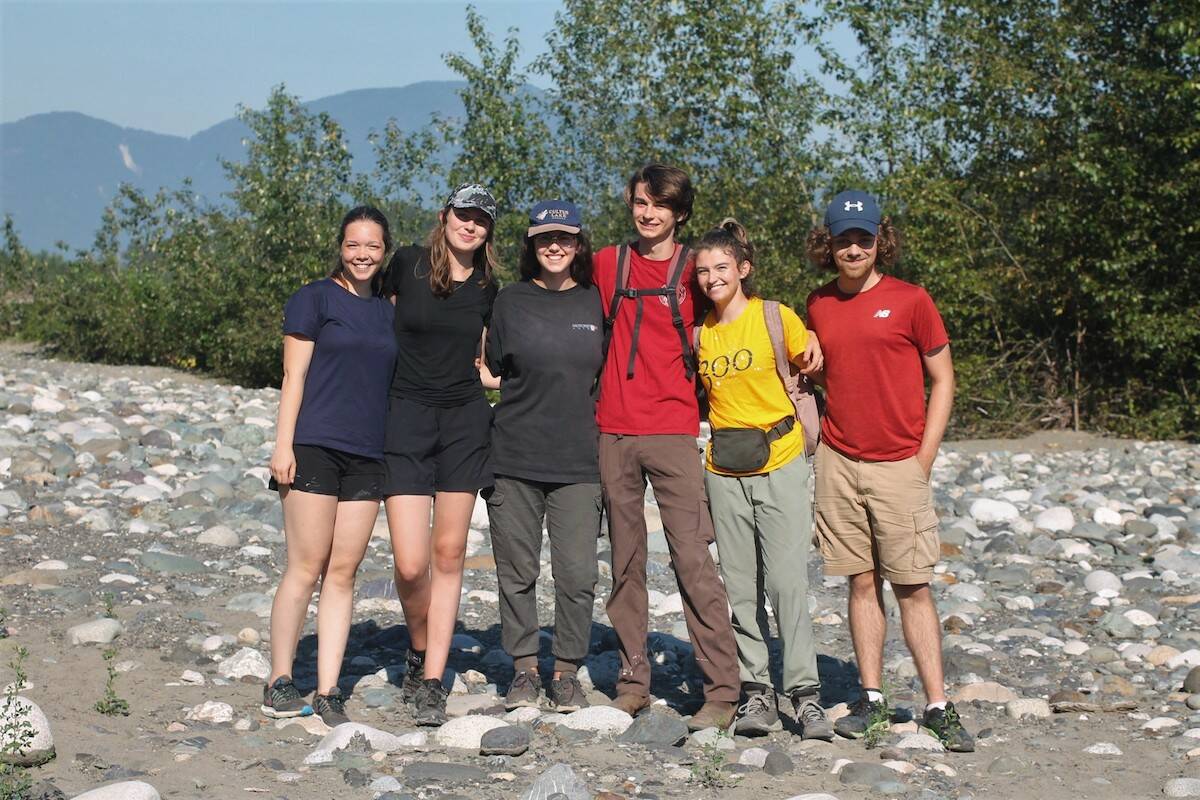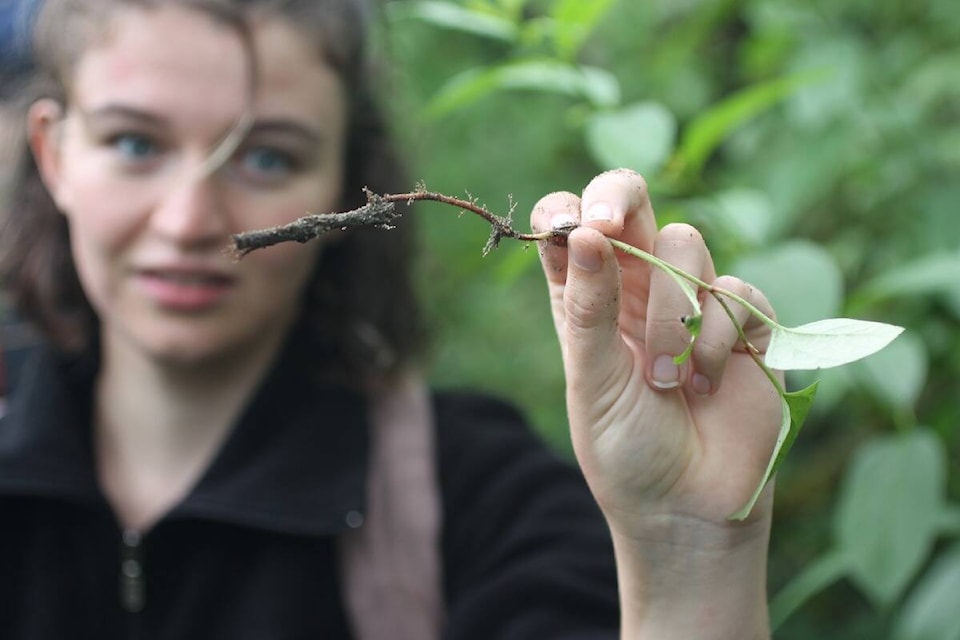The catastrophic flooding last fall had the consequence of speeding up the spread of an invasive plant known as knotweed on the Chilliwack-Vedder River system.
The resilient and destructive knotweed is famous for its ability to travel underground and pierce cement foundations and asphalt.
Trinity Western University researchers led by biology professor David Clements started tracking the proliferation of knotweed on the Chilliwack-Vedder system last May.
They found more than 1,000 patches of knotweed, which is way up, from about 300 patches in 2019, when the Fraser Valley Invasive Species Society of B.C. documented the spread.
“They love the river,” Clements said of the invasive plants.
RELATED: Knotweed spotted in Chilliwack
The theory tested by the research was that fast-moving flood waters would easily transport knotweed, and its tiny root pieces, known as rhizomes, to facilitate its spread.
“When the river floods its banks, it can carry along the rhizome pieces,” Clements said.
They identified three types along the river: Japanese knotweed, giant knotweed, and Bohemian knotweed.
“Bohemian knotweed is a hybrid species from the parental species Japanese and giant knotweed,” Clements said. “We are finding Bohemian is the most abundant type locally, but the others are also present.
Young plants were found growing in flood debris, and in nearby tributaries.
“That showed the floods were definitely moving it around,” he noted.
Their work is part of assessing the overall cost of the 2021 B.C. flooding disaster.
The TWU researchers created a website, Knotweed Lab, to document their findings, and share TikTok videos about the work.
Clements noted that he and a student had originally submitted a research funding proposal – before the floods even hit. The project pitch would ask the scientific question: ‘Will increased temperatures and flooding under climate change escalate invasion in riparian habitats?’
The $30,000 in funding from the Natural Sciences and Engineering Research Council of Canada (NSERC), allowed Clements to hire a team of five student researchers.
The floods of 2021 have been linked to a changing climate, he noted, and dovetail with the prediction of more extreme weather events coming with climate change.
The goal of the research is to “develop a better understanding of how knotweed spreads, what areas are most vulnerable, and to justify greater efforts to control this highly invasive plant species—one of the worst invasive species in B.C,” Clements explained.
The team included TWU student research assistants Sarah Demian, Hannah Munnalall, Jaylene Braithwaite, Lauren Mckenna, and Aidan Anderson.
One of the researchers wants to pinpoint where the river is most vulnerable to invasion. So more research is coming in 2023.
“More specific measurements are coming,” he said.
Asked why the local Chilliwack-Vedder system was chosen as the research site, Clements said it was because of the inherent values of the river for salmon and recreation. The fast-flowing water supports five different species of salmon, and other fish so the health of its riverbanks, including the spread of knotweed, affects multiple ecosystems.
The river is located just east of the Sumas Prairie area, which suffered the most in the unprecedented flooding.
“It’s a river that needs to be protected,” Clements added.
RELATED: Tackling the menace that is knotweed

